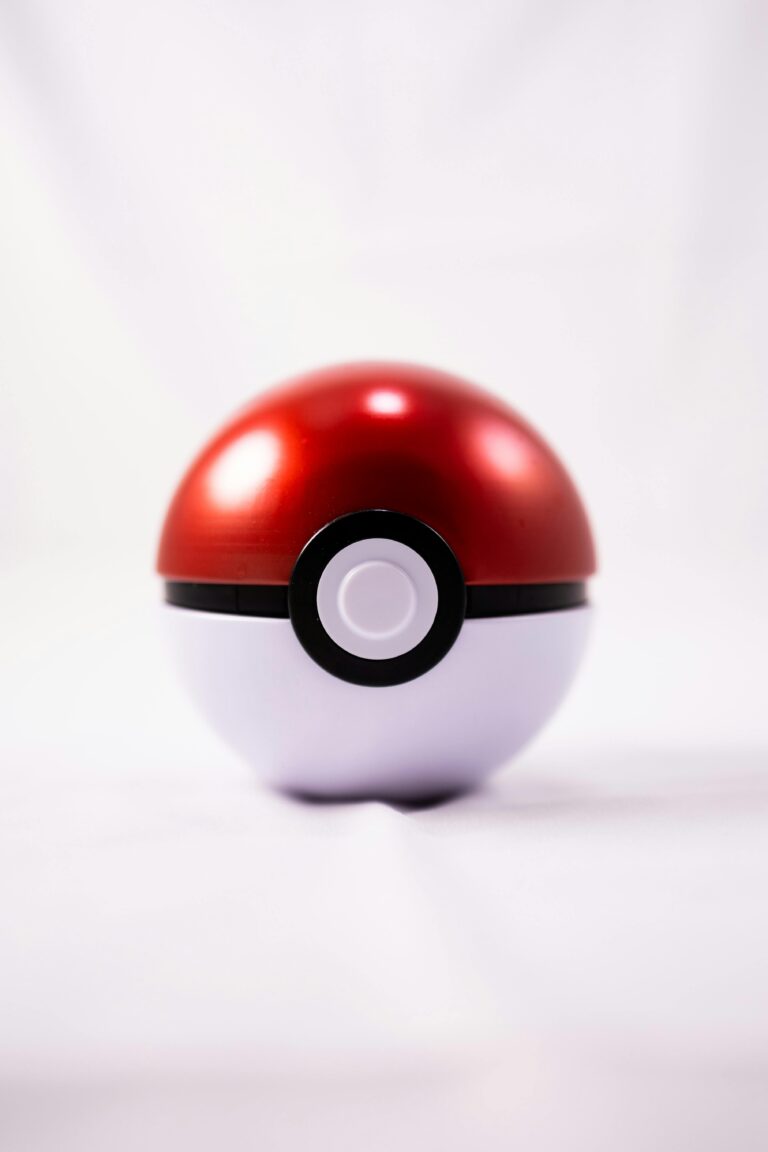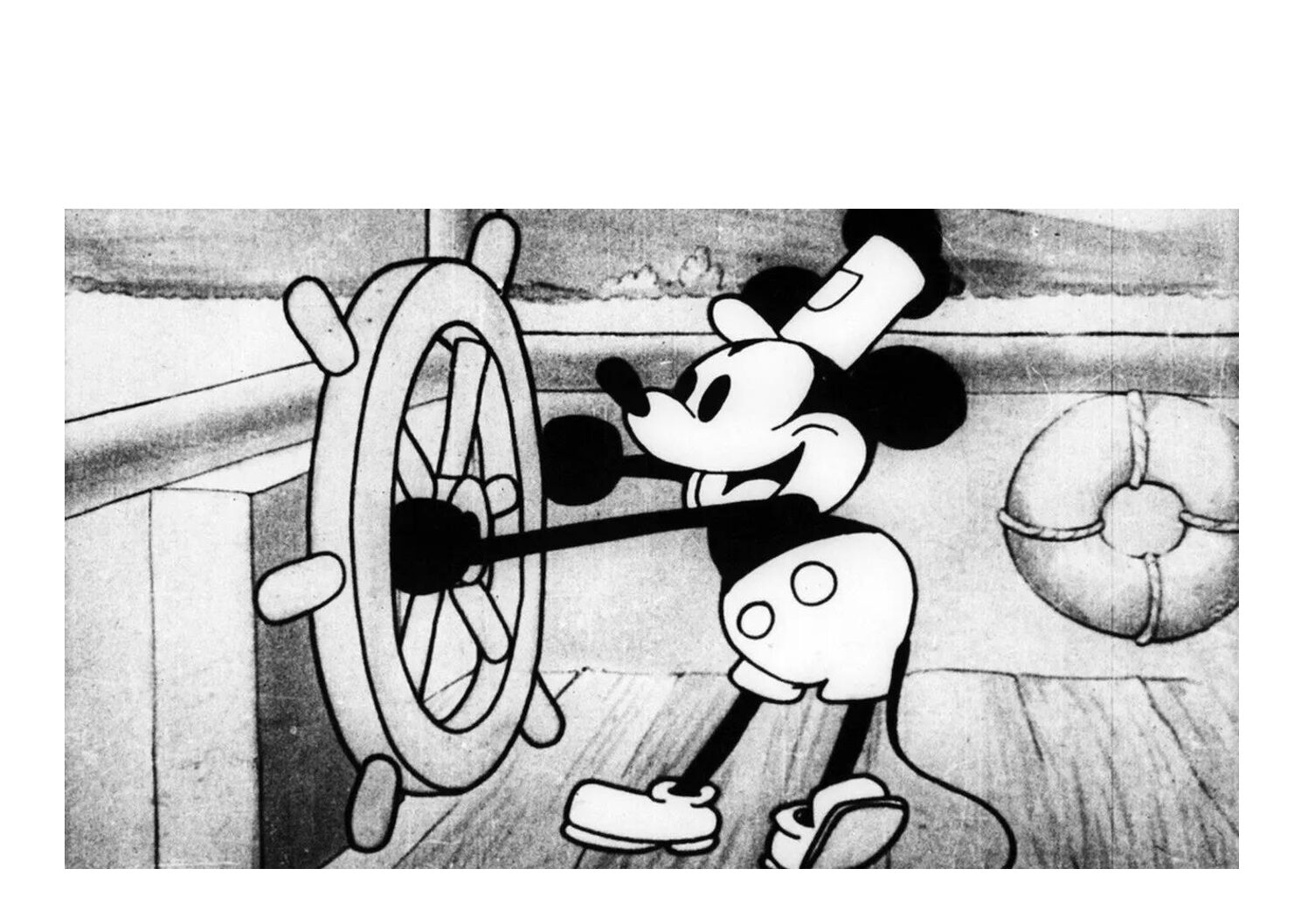Although the design of the Rubik’s Cube is determined solely by technical and functional specifications, its colour combination is in fact protected by copyright, the Dutch Supreme Court ruled on 19 September 2014.
Some four decades ago Hungarian Ernő Rubik invented his Rubik’s Cube, the twisty puzzle that requires rotating independently pivoting cubes such that each face consists of one solid colour. Once you have learnt the trick, the time it takes to ‘rotate’ your way to the solution also becomes a factor. The current world record for single time on a 3x3x3 Rubik’s Cube is 5.55 seconds.
Recent legal proceedings featuring the Rubik’s Cube involved the following. Beckx, a Dutch gifts and toys merchant, marketed several cubes that Rubik believed infringed his Cube. In this case, Rubik invoked the copyright protection of a colourless cube, i.e. the cube being the principal shape, the composition of 26 (from the outside seemingly 27) smaller cube-shaped elements and the 360-degree rotation of the cubical component parts in groups of three rows of three elements each along three axes, so that the composition of the group changes depending on the axis along which the elements are rotated.
Unfortunately for Rubik, the Court of Appeal held that the elements referred to above did not qualify for copyright protection on account of their purely technical and functional nature. The puzzle in question is a 3-D logic game, for which Rubik took out a patent in his home country at the time when he was designing it. In the Supreme Court’s opinion, the Court of Appeal rightfully applied this as a criterion.
The Supreme Court also found that the mere circumstance that one and the same idea can be designed in a variety of ways, including in other configurations (5x5x5, 6x6x6 and 7x7x7) and other shapes, does not imply that the selected design has an originality of its own.
As for the colour faces, Rubik can lighten up, with the decision turning out in his favour in that respect. The Court of Appeal held that the Rubik’s Cube combination of six solid-colour faces (red, orange, yellow, green, blue and white) meets the originality requirement of copyright law, and the Supreme Court endorsed that judgment.
The Supreme Court ruling has nevertheless compelled the Dutch gifts merchant to remove two cubes – the ‘Magic Cube’ and the ‘Keychain Magic Cube’ – from its range of products as they featured the exact same colour combination, creating a similar overall impression. In other words, selling a similar 3-D logic game is permitted, as long as the rotating involves a different colour scheme.



